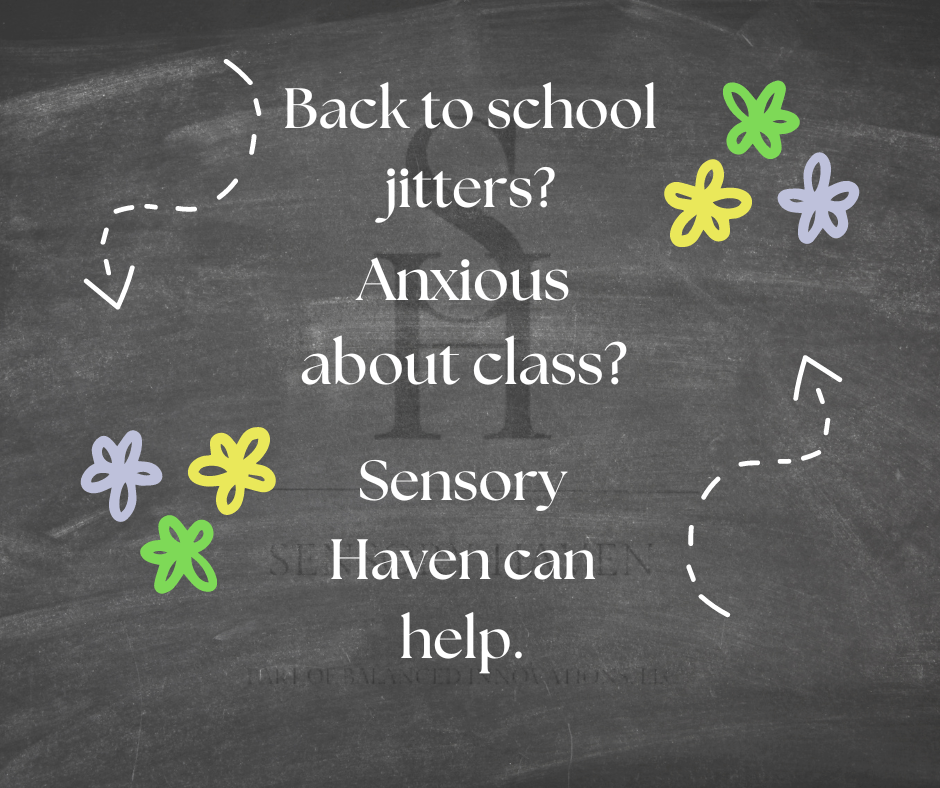
How Parents Can Help Their Kids Prepare Emotionally for School
Share
As the new school year approaches, it's important for parents to focus not only on the practical preparations but also on helping their children get ready emotionally. The transition back to school can be a challenging time for kids, filled with a mix of excitement, anxiety, and uncertainty. Here are some effective strategies parents can use to support their children’s emotional well-being as they head back to school:
1. Establish a Routine
Creating a consistent morning and evening routine can provide your child with a sense of security and predictability. Routines help children know what to expect, making the school day feel more manageable and less overwhelming. Start by setting regular wake-up, mealtime, and bedtime schedules that align with the school day.
2. Open Communication
Talk openly with your child about their feelings regarding school. Encourage them to express any worries or concerns they may have, and offer reassurance and support. Listening to your child's thoughts can help alleviate anxiety and build trust, making them feel more comfortable sharing their experiences as the school year progresses.
3. Role-Playing Scenarios
Practice common school situations, such as meeting new friends, speaking up in class, or navigating the lunchroom. Role-playing these scenarios can help build your child’s confidence and prepare them for social interactions at school. By rehearsing these moments at home, your child will feel more equipped to handle them in real life.
4. Encourage Positive Self-Talk
Teach your child the power of positive affirmations. Encouraging your child to use positive self-talk can boost their self-esteem and help them manage feelings of anxiety. Simple phrases like "I can do this" or "I am brave" can make a significant difference in their mindset as they approach new challenges at school.
5. Create a Calm Space
Set up a quiet, calming area at home where your child can relax and decompress after school. This space should be free from distractions and filled with comforting items, such as soft blankets, books, or sensory toys. A designated calm space can help your child manage their emotions and unwind after a busy day.
6. Mindfulness Practice
Introduce your child to simple mindfulness exercises that they can use throughout the day to stay calm and focused. Practices like deep breathing, guided imagery, or mindful movement can help your child manage stress and anxiety. Incorporating these exercises into their daily routine can enhance their emotional resilience.
By incorporating these strategies into your daily routine, you can help your child feel more emotionally prepared for the school year ahead. Remember, a supportive and understanding approach can make all the difference in helping your child navigate the challenges and joys of school life.
